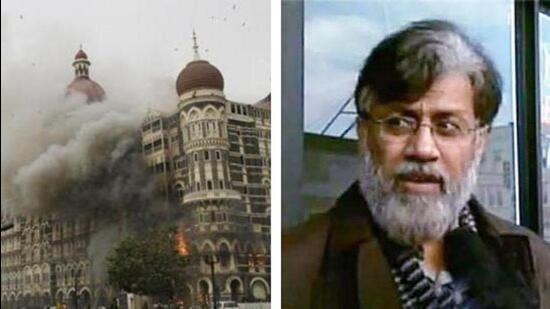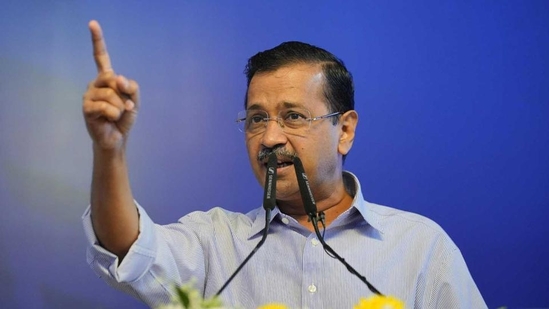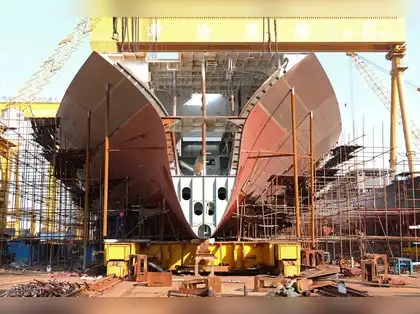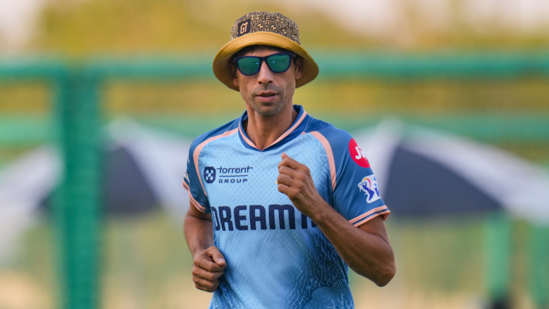The recent extradition of Tahawwur Rana, a key figure in the 2008 Mumbai terror attacks, was an important success for Indian authorities. This lengthy process included talks with the United States, keeping Rana in custody as he was about to be released, and gathering proof of his involvement.
Rana is a 64-year-old Canadian citizen born in Pakistan. He was arrested by the U.S. on October 18, 2009, just weeks after his friend David Coleman Headley was taken into custody. India had also asked the U.S. to extradite Headley, but the U.S. refused because he admitted his role in terrorist activities and agreed to help in investigations, which included a promise not to extradite him.
Rana was tried on charges of helping terrorists in both India and Denmark. India issued a warrant for his arrest in 2018, as they wanted to charge him with serious crimes like conspiracy and terrorism. In 2011, Rana was convicted of terrorism related to Denmark but was found not guilty regarding India. He was sentenced to 14 years in prison, but after serving seven years, he was granted an early release due to the Covid-19 pandemic. However, he was rearrested on June 10, 2020, because India requested his extradition.
The National Investigation Agency (NIA) of India was regularly working with U.S. authorities to gather evidence against Rana and Headley. They made visits to the U.S. to provide necessary details and support. Rana had British lawyer Paul Garlick, while Indian lawyer Dayan Krishnan helped pro bono during the extradition process.
Rana tried to weaken Headley’s credibility in court by claiming that Headley was a dishonest person who had previously cooperated with authorities for his own benefit. But the court did not believe him and approved Rana’s extradition on May 16, 2023.
Rana attempted to avoid extradition by saying he would face double punishment for the same crime if sent to India, but a U.S. law analysis confirmed that this was not the case. After other legal attempts failed, including appeals to higher courts, the U.S. Supreme Court ultimately rejected his pleas.
The U.S. government, under President Donald Trump, approved Rana’s extradition, which officials did during Indian Prime Minister Modi’s visit to the U.S. in February. The extradition went through because India assured the U.S. that Rana would be treated fairly and not tortured in Indian jails.
Finally, Rana was handed over to Indian officials, who flew him back on a special plane where he would be officially arrested upon arrival. This extradition showed the strong diplomatic ties between India and the U.S., making it easier to overcome legal challenges.





Leave a Reply